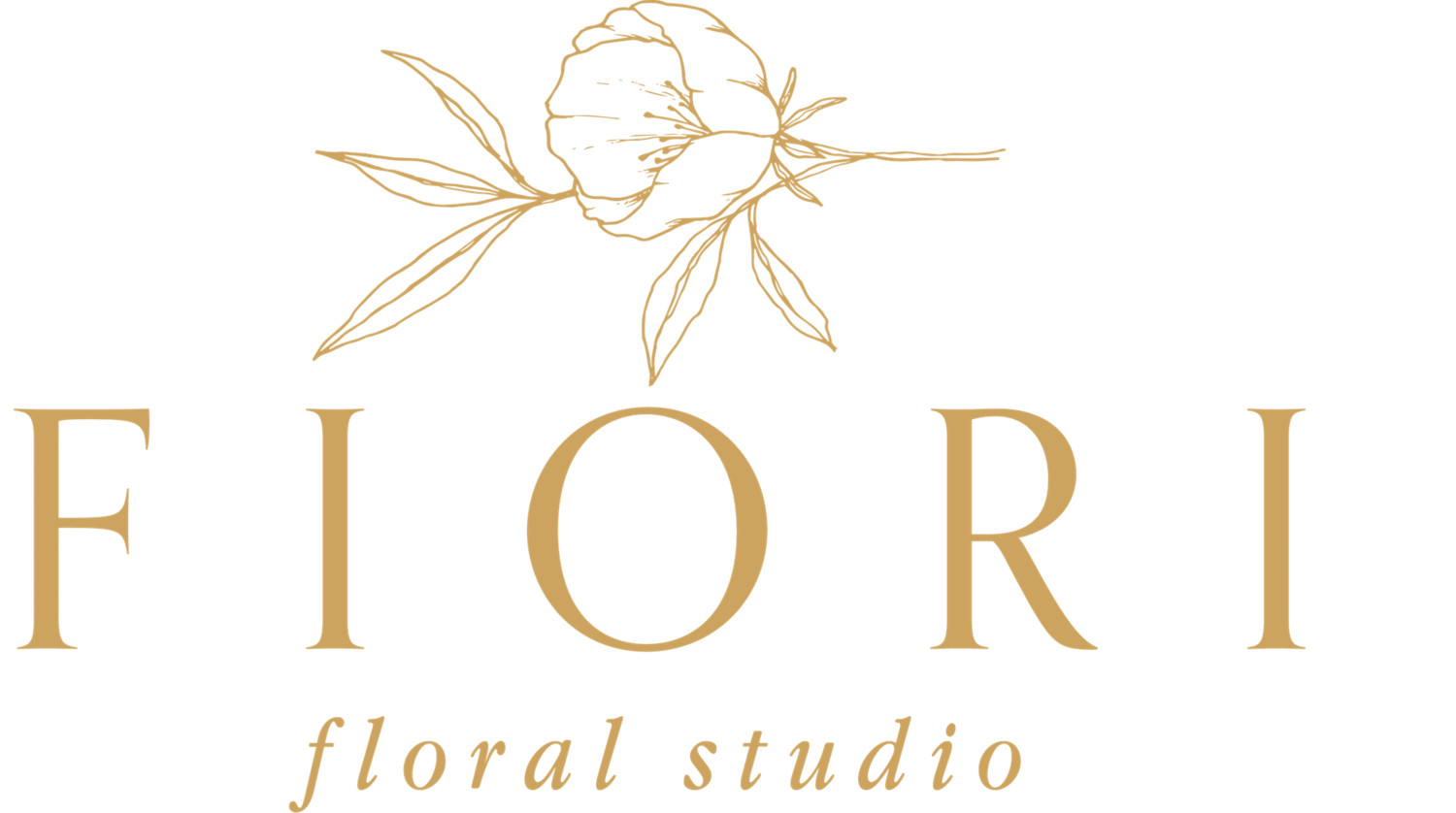Tricks to Keep Flowers Fresh, from Scientists and Floriculturists
/Science and experience brings us the best ways to keep flowers fresh after your receive a beautiful bouquet. Maintaining flowers delivered in Charlottesville can be a task - depending on the type of flower. However, there are some universal rules for keeping them in shape on which scientists and floriculturists agree.
When you receive the flowers, cut the stem.
Cutting a half an inch off the end of the stem helps keep the stem open and makes it easier to drink up water and nutrients in the water. Also, cutting off the end removes bacteria from the end of the stem.
You can trim the end of the stem every two to three days.
Use the right tools for the job: sharp, clean blades are best for clipping back stems. Scissors are a bad idea because they will crush the end and prevent maximum water from getting inside the stem. Instead, use a knife, garden shears, or clippers. Cut at a 45 degree angle so that more surface area is open to absorb water. It’s ok to cut outside of water, but have water ready to go so that once it’s cut it is immediately immersed in water.
How to treat water in a flower vase
Water in a vase should be changed daily for maximum freshness. Most plants should rest in water at lukewarm temperature. Not only that, but you should at least rinse out the vase so that it is free of strange smells from stagnant water. Bacteria is one of the biggest causes of cut flowers aging faster than you might like.
According to Susan Han, professor of plant sciences at the University of Massachusetts Amherst, a mixture of lemon-lime soda and water acts as a good preservative. It stops the plant from ripening as quickly. When cut flowers are placed in slightly acidic water, the water can move more freely into the plant and hydrate the plant more easily. This keeps the blooms fresh and vibrant.
However, the increase in sugar will increase bacterial growth, so adding a small amount of bleach will help kill that bacteria.
Recommended dosage:
3:1 ratio of water to soda, plus a few drops of bleach.
In absence of soda, you can use 1 tsp sugar, 1 tsp bleach, 2 teaspoons lemon or lime juice, and 1 qt lukewarm water.
Alternatively, honey has antiseptic properties and can be used on the stems to disinfect and feed the flowers. It’s often used as a rooting hormone to root plants, so it’s generally regarded as being safe and effective for plant health.
Would you like some fresh blooms sent your way? Make your office a beautiful, natural space. Contact us today!
Sources:
Scientific American
BBG.org
Photo credit: Tuan Kiet Jr.


